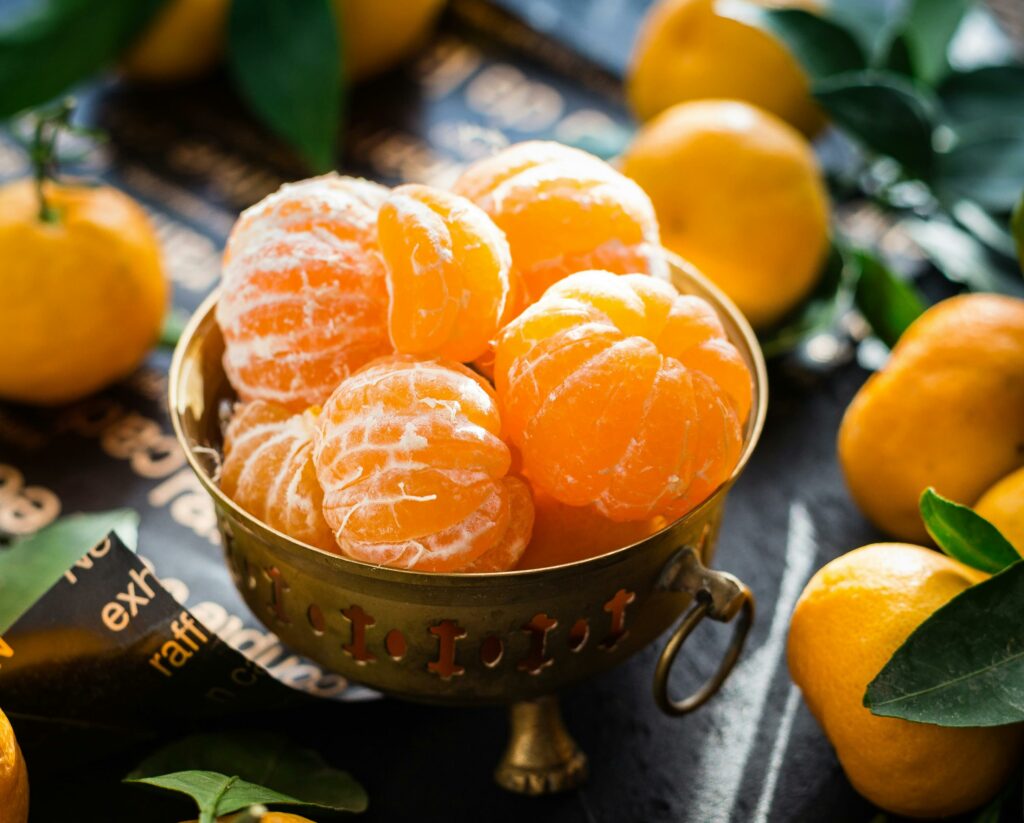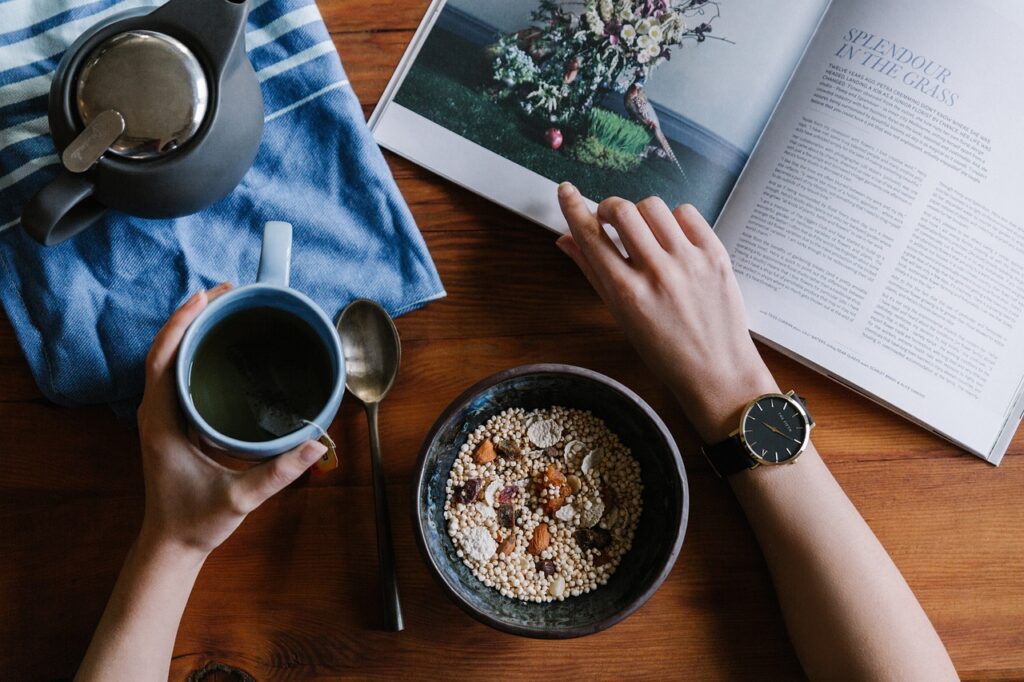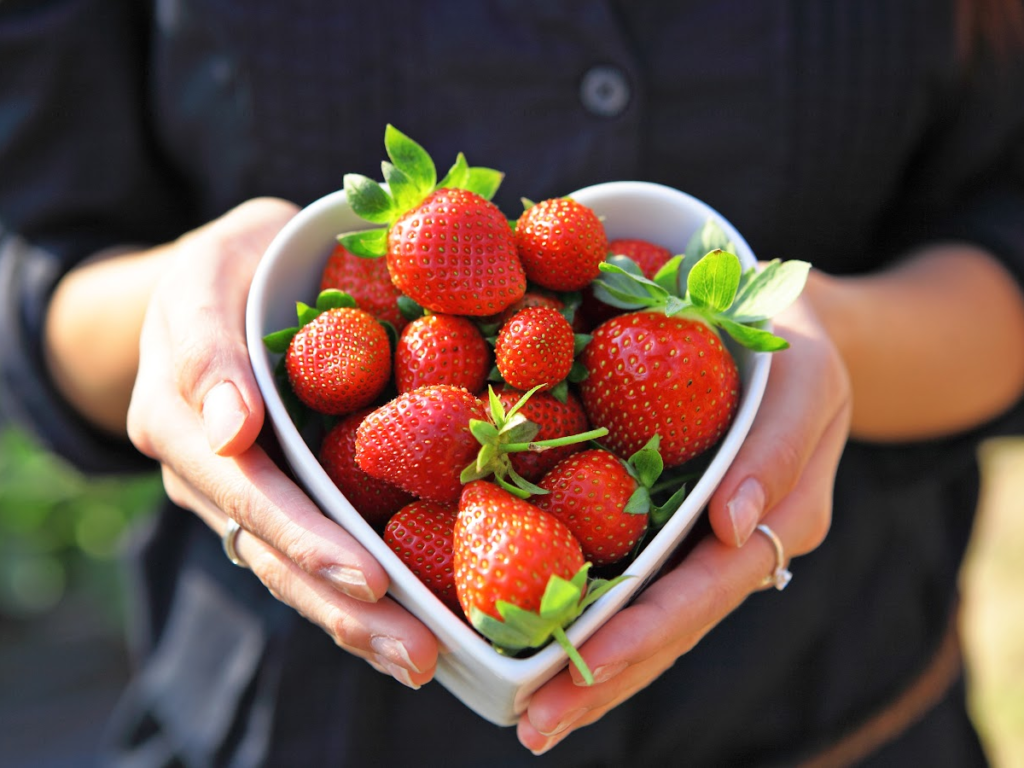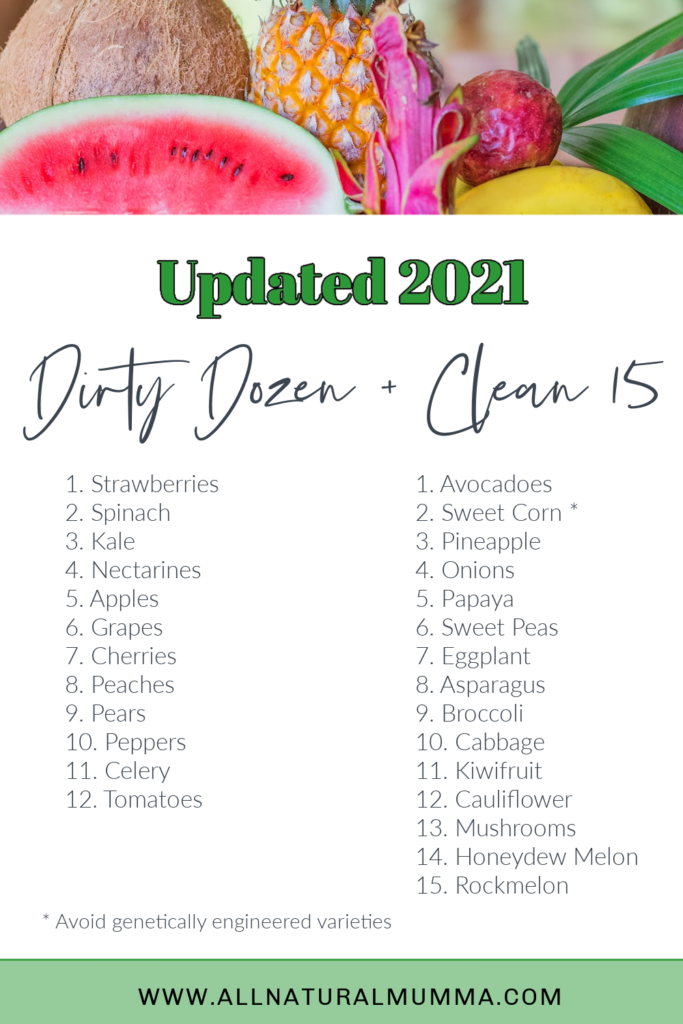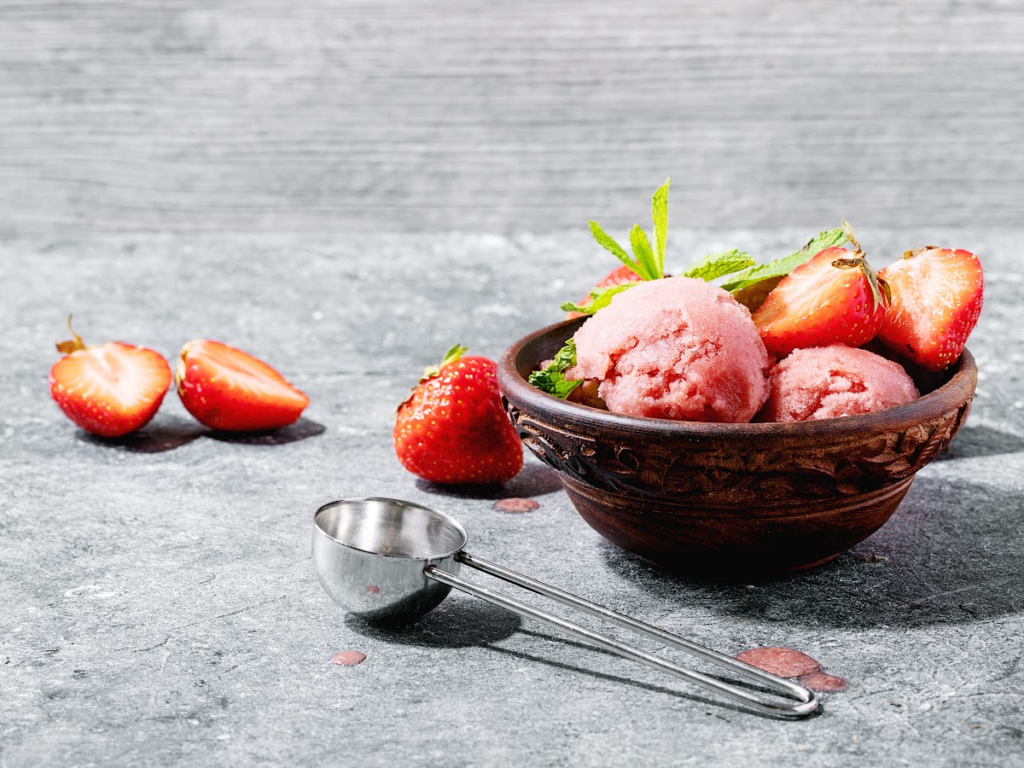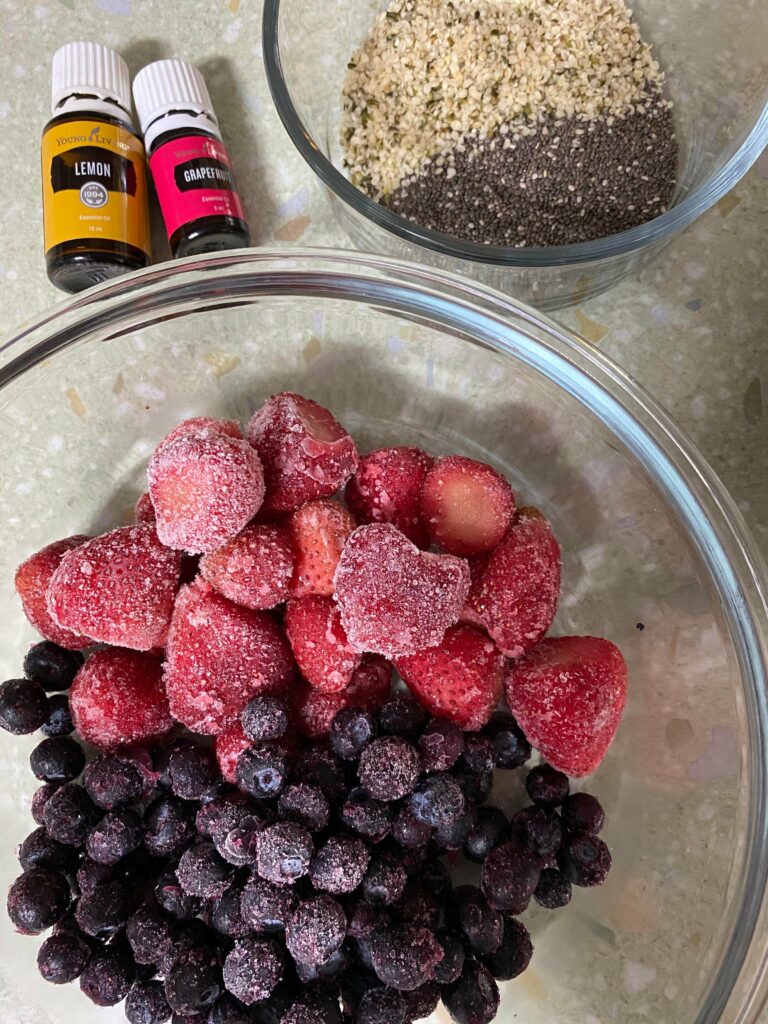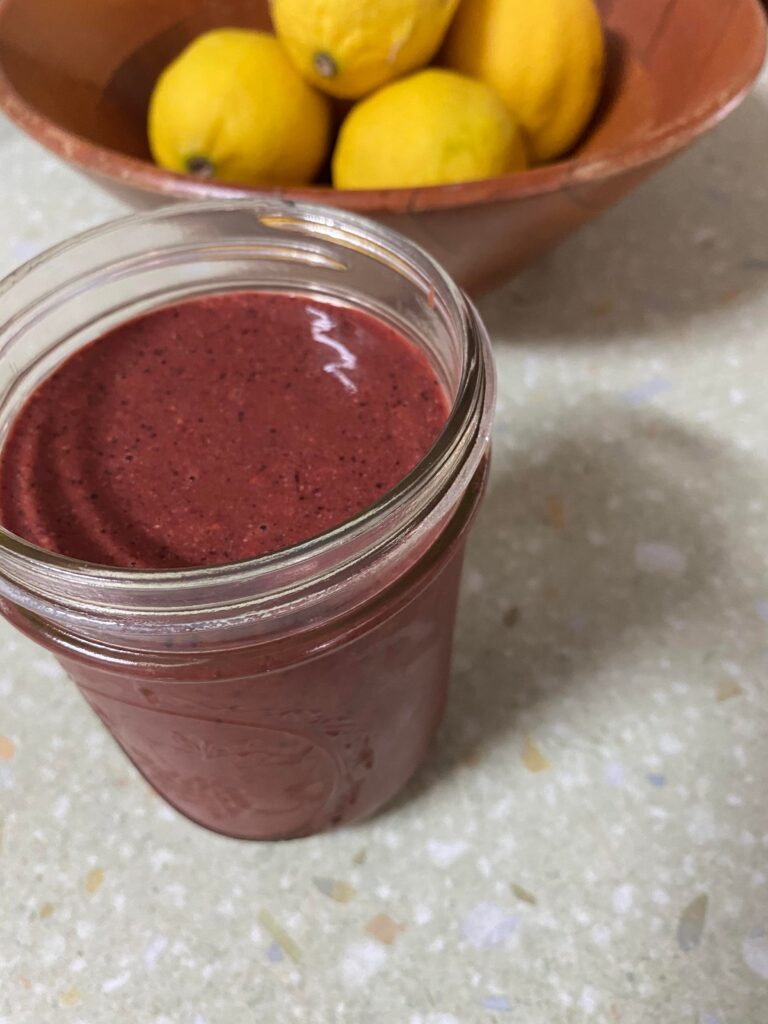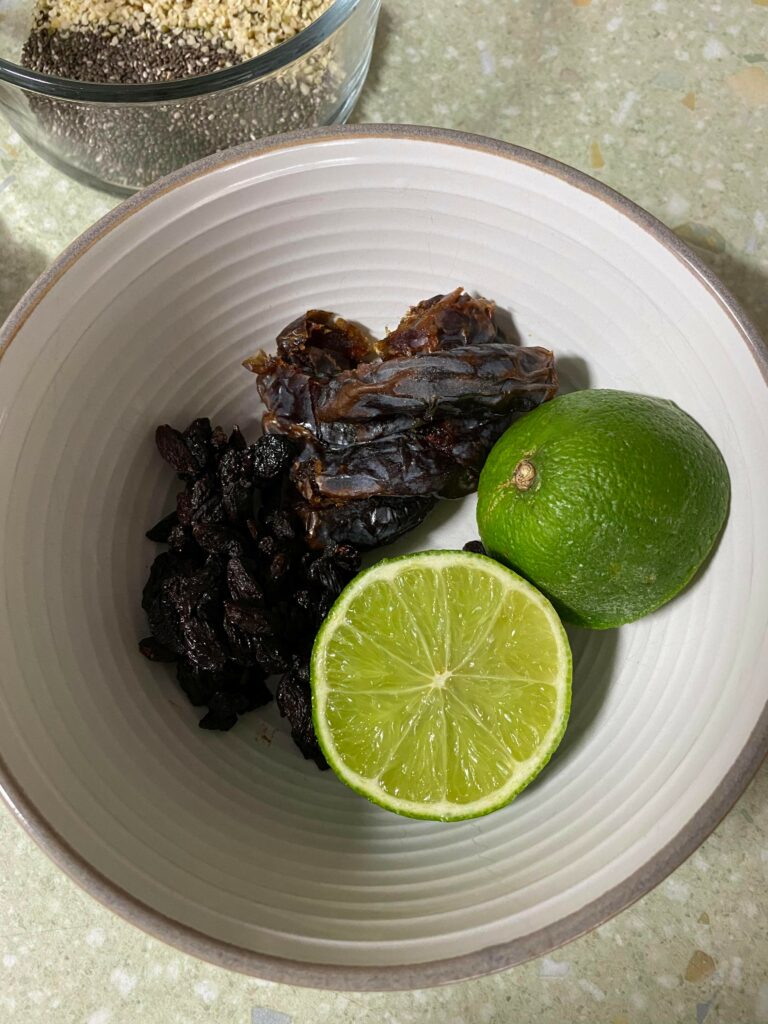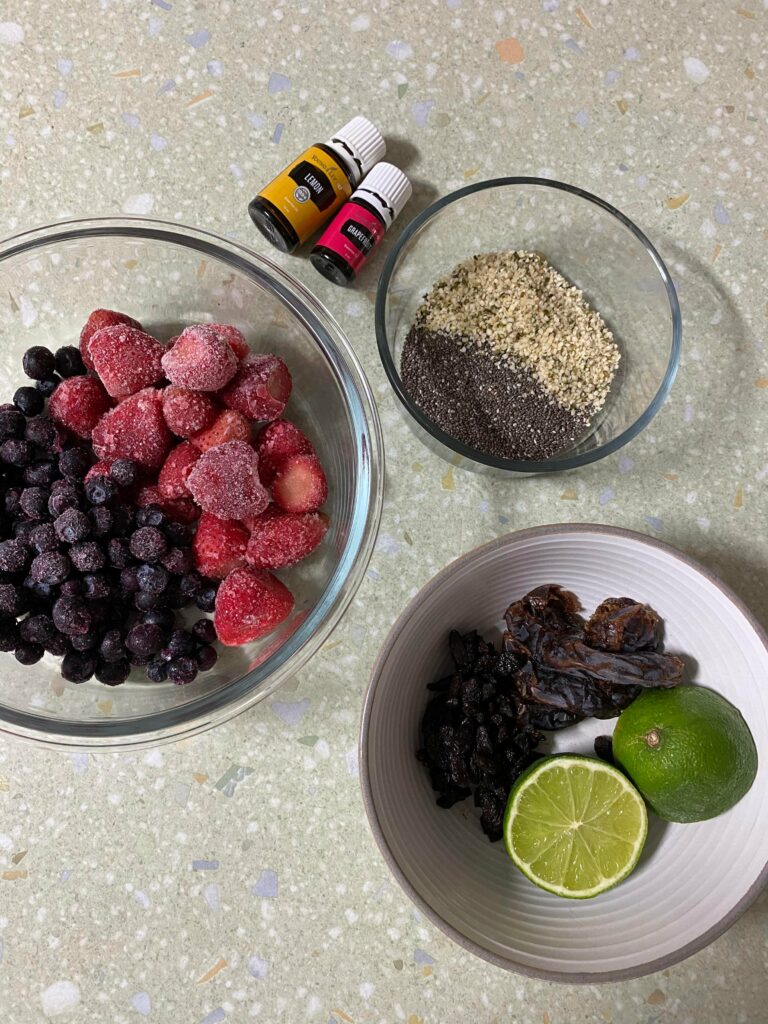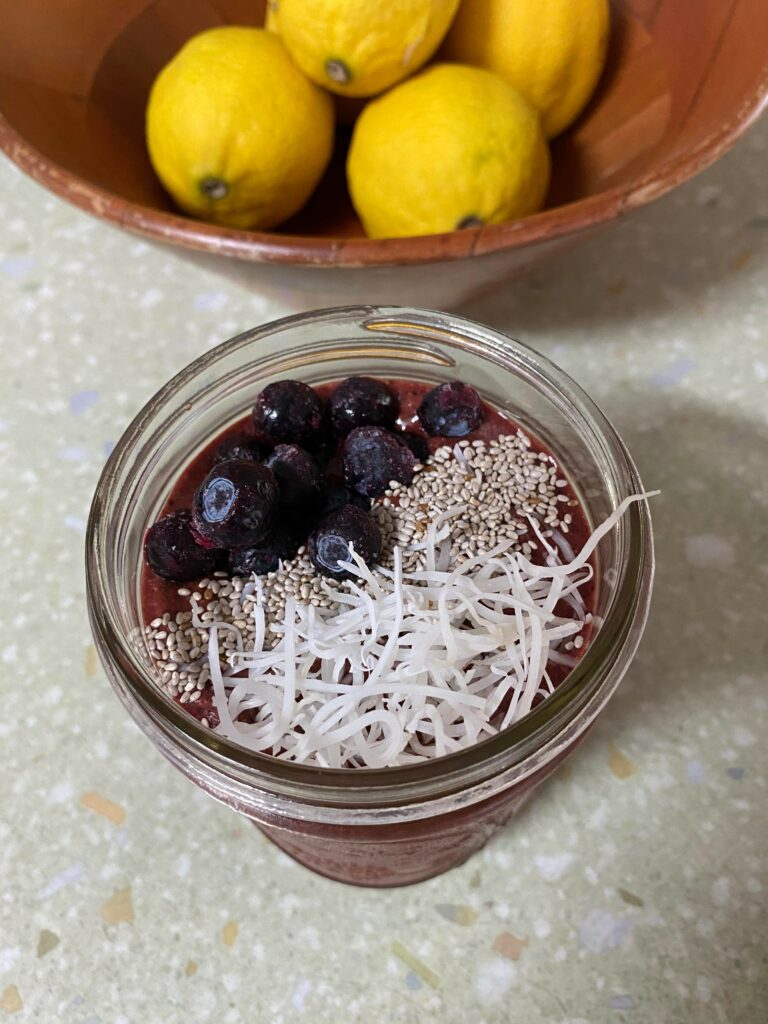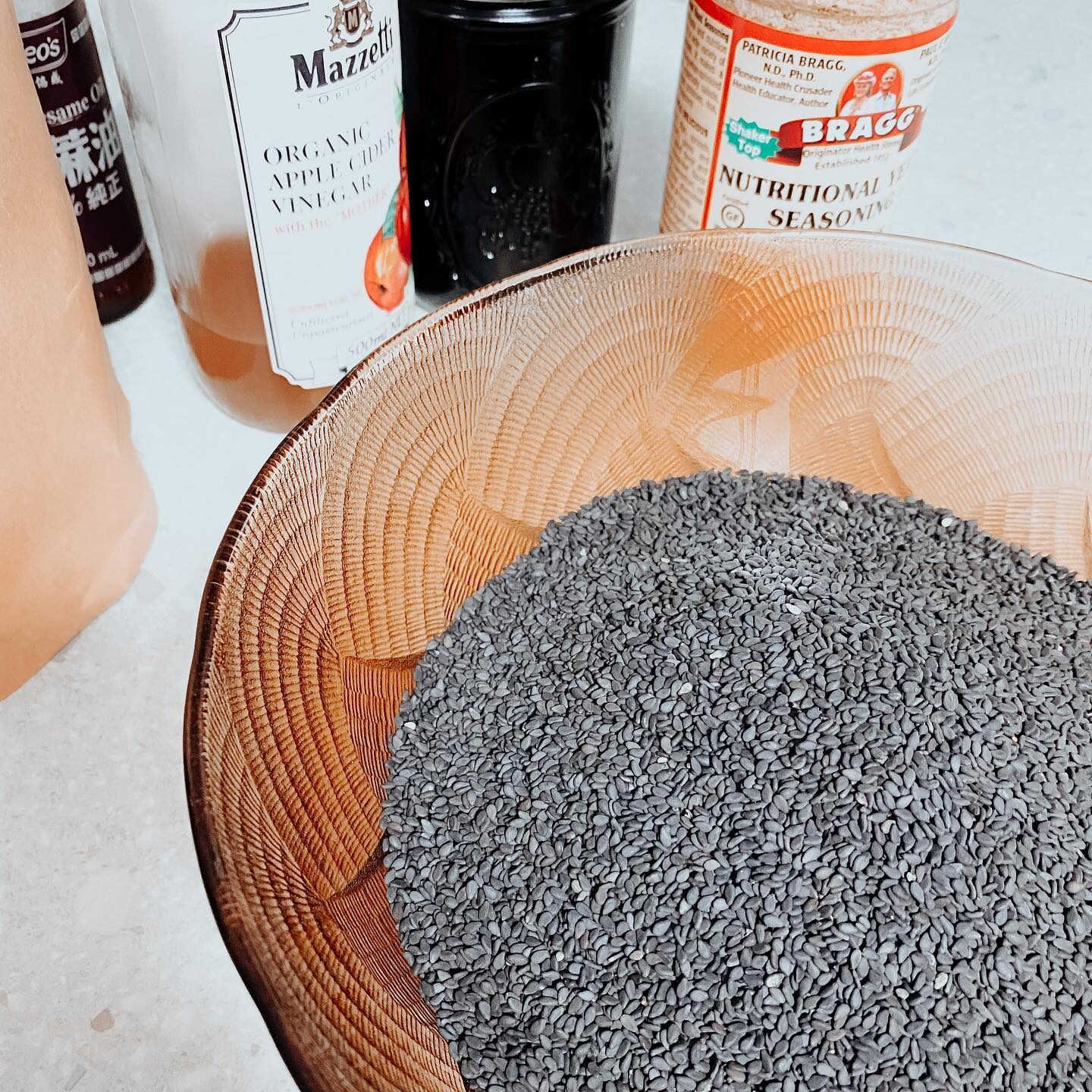As the Winter chill sets in, there’s nothing quite like warming up with a nourishing meal that not only satisfies your taste buds but also supports your overall health and well-being. I’ve found some amazingly good, hearty and wholesome recipes for you, featuring seasonal ingredients that are perfect for cozying up during the colder months. From hearty soups and stews to soothing herbal teas, these recipes will nourish your body and soul all Winter long.
HEARTY VEGETABLE SOUP
There’s something incredibly comforting about a bowl of hearty vegetable soup on a cold Winter day. Packed with seasonal vegetables like carrots, celery, potatoes, and kale, this soup is rich in vitamins, minerals, and fiber. Add protein-rich beans or lentils for an extra nutritional boost, and season with warming herbs and spices like thyme, rosemary, and black pepper. Serve with crusty whole-grain bread for a satisfying and wholesome meal that will keep you warm from the inside out.
BUTTERNUT SQUASH AND APPLE SOUP
Butternut squash and apple soup is a classic Winter dish that perfectly balances sweetness and warmth. Roasted butternut squash lends a creamy texture and rich flavour, while tart apples add brightness and depth. Infused with warming spices like cinnamon, nutmeg, and ginger, this soup is a comforting and nourishing option for chilly days. Garnish with a dollop of Greek yogurt or a sprinkle of toasted pumpkin seeds for added creaminess and crunch.
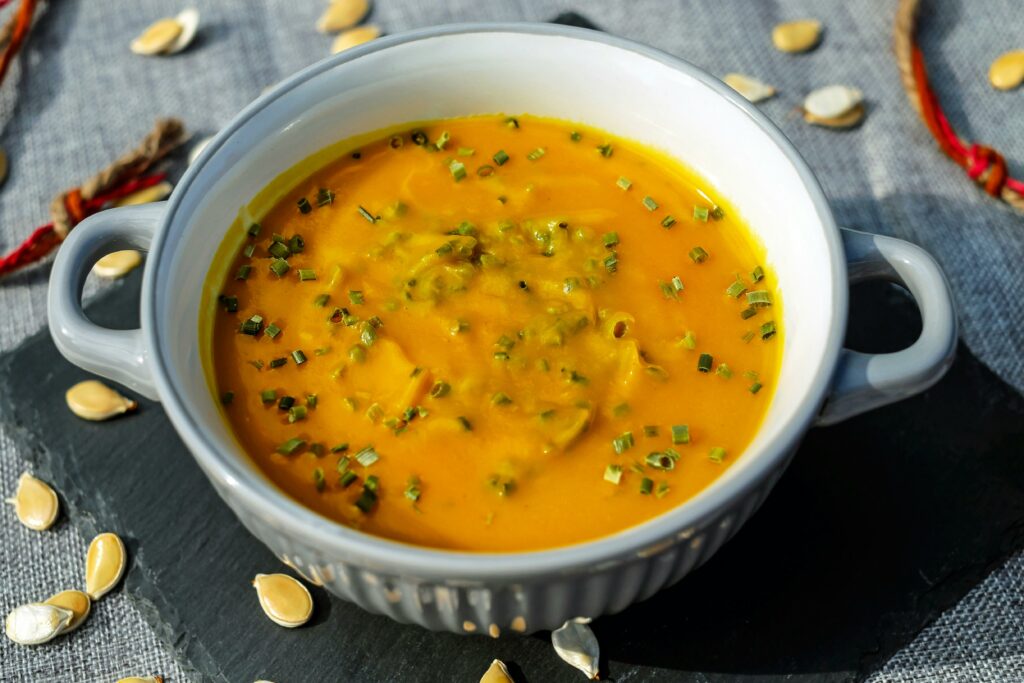
LENTIL AND KALE STEW
Lentil and kale stew is a hearty and nutritious dish that’s perfect for warming up on a cold Winter evening. Packed with protein-rich lentils, hearty vegetables, and nutrient-dense kale, this stew is a complete meal in itself. Flavorful herbs and spices like garlic, cumin, and paprika add depth of flavor, while a splash of lemon juice brightens up the dish. Serve with a side of whole-grain rice or crusty bread for a satisfying and comforting meal that will keep you full and fueled for hours.
TURMERIC GOLDEN MILK
Turmeric golden milk is a soothing and immune-boosting beverage that’s perfect for sipping on cold Winter nights. Made with a blend of turmeric, ginger, cinnamon, and black pepper, this warm and aromatic drink is packed with anti-inflammatory and antioxidant properties. Sweetened with a touch of honey or maple syrup and enriched with creamy coconut milk, turmeric golden milk is a delicious and nourishing way to support overall health and well-being during the Winter months.
NOURISH YOUR BODY AND SOUL
With these nutritious and comforting Winter recipes, you can nourish your body and soul while staying warm and cozy all season long. Whether you’re craving a hearty soup, a comforting stew, or a soothing herbal tea, these recipes are sure to satisfy your cravings and support your overall health and well-being during the colder months. So why not gather your ingredients, cozy up by the fire, and enjoy a delicious and nourishing meal that’s perfect for Winter?
Let me know if you try any!




